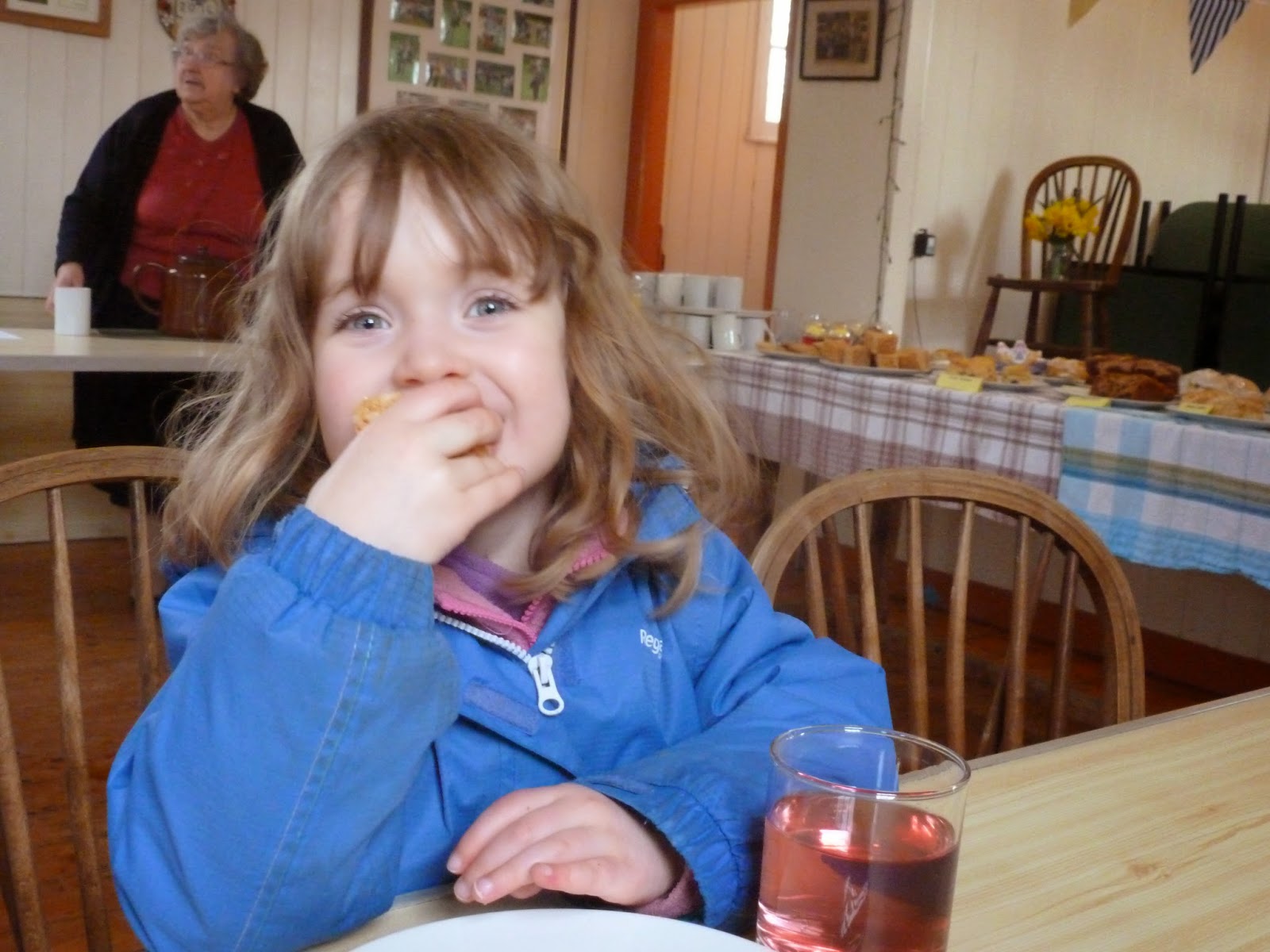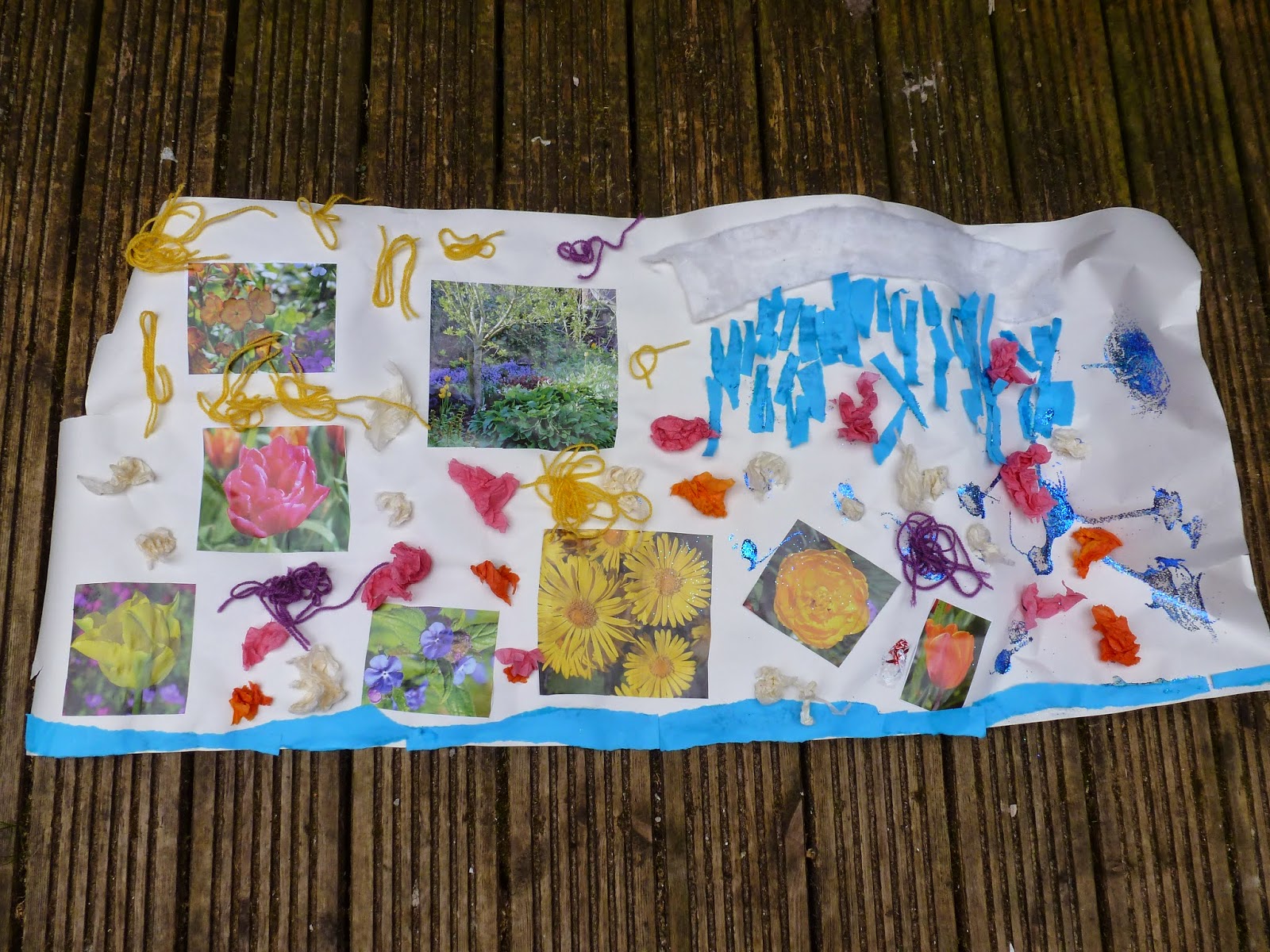"They didn't say anything about this in the books, I thought, as the snow blew in through the gaping doorway and settled on my naked back.I don't think All Creatures Great And Small is on television at the moment. Possibly one of the nostalgia fests like Yesterday occasionally broadcasts an episode. But there are clips on YouTube. And I can tell you that every series of it is available on DVD from all good online retailers and my goodness me, some of those hard-of-hearing subtitles are great. Apart from one terrible mishear in a barn that was spotted too late to correct. (Not mine.)
I lay face down on the cobbled floor in a pool of nameless muck, my arm deep inside the straining cow, my feet scrabbling for a toe hold between the stones. I was stripped to the waist and the snow mingled with the dirt and the dried blood on my body. I could see nothing outside the circle of flickering light thrown by the smoky oil lamp which the farmer held over me."
James Herriot, If Only They Could Talk
So yes, the last time I saw it was at work, about 12 years ago, when the DVD release was being subtitled by the European Captioning Institute. Extraordinary how dated television from the 1980s seemed 20 years on. The sound is muffled, camera shot changes are less frequent and the picture seems grainy and muted in colour. There's an obvious difference in quality between the video used to record in studios and the traditional film used outside on location. Plots are slow to develop, numerous episodes make up a series and nothing too dramatic ever happens.
But with All Creatures all can be forgiven, for there is also the classical but catchy theme tune, the Wagnerian names, Peter Davison's knitted tank tops, Robert Hardy pontificating, a change of wife into the lovely Lynda Bellingham (RIP), the gruff farmers, fussy pooch Tricky Woo and those eternal shots of Christopher Timothy with his arm up a cow's birthing canal. The glorious Yorkshire Dales are always wet or covered in snow, and cars are always breaking down at inopportune moments.
So if it's not currently on television, why am I writing about it? Because of the fabulous World Of James Herriot Museum in Thirsk. Which is not just the best museum about James Herriot in the world, it's possibly one of the best museums in the world. At least if you have a four year old child. We went for the first time in January and had the most marvellous afternoon imaginable at a time when you have the post-Christmas blues, the weather is too cold to be outdoors, most stately homes are closed, and you wish you could afford to go and see the sun in Tenerife.
The first part of the museum is the restored house and vet's surgery, with original features and furniture and fixtures and fittings. There is a children's trail, where you spot black animals with letters on to make a name at the end. No prizes for guessing whose name it might be. (But you might get a badge.)
James Herriot's real name was Alf Wight, and he moved to live and work as a vet at 23 Kirkgate in Thirsk in 1940. Apart from a spell in the RAF during the war, Wight remained working in Thirsk for the rest of his life. I should at this point tell you a whole lot more about him, but unfortunately my knowledge is limited to what I read in three of his books 30 years ago and saw on the television series, both of which have serious amounts of artistic licence and aren't meant to be autobiographical. This doesn't mean that the museum doesn't tell you LOTS about him. It's just that I didn't get much of a chance to read the information, being in the company of a child who passes through rooms that don't concern her like a whirlwind. I did manage to pick up that Alf Wight was born in Sunderland but his family moved to Glasgow shortly afterwards, and that James (Jim) Herriot is named after a Scottish goalkeeper. Wight started writing his books after he had been talking about doing so for years and his wife bet that he would never get round to it. Siegfried and Tristan Farnon are based on the owner of the practice Donald Sinclair and his younger brother Brian. The jury is apparently still out as to who was the more eccentric, Donald Sinclair or Herriot's characterisation of him as Siegfried. Thirsk is known as Darrowby in the books, and 23 Kirkgate as Skeldale House. You won't recognise much of Darrowby in Thirsk from the television series because most of the outside location scenes were filmed in Wensleydale.
For added historical interest, the house still has a WW2 air-raid shelter in the cellar, which you can go down to see provided you have a degree in operating children's stair gates.
You then continue on to a kitchen rammed full of tins, utensils and furniture from days gone by. This leads out to a room containing a case of pottery animal characters from Herriot's lesser known children's books and memorabilia from the All Creatures Great And Small television series, including a piano score for the theme tune and a knitting pattern for that Peter Davison tank top.
 |
| The cramped surgery |
 |
| The kitchen |
 |
| That Tristan Farnon knitting pattern |
Outside in the garden is a newly unveiled statue of Alf Wight and a pen of chickens. Inside an old stable is an account of Alf Wight's life story, as both a wall display and a film. There are copies of his books translated into numerous languages, and a lot of farm equipment and hay.
Then it gets slightly surreal. Through a door out of the garden is a replica of a TV studio. The sets used for the indoor scenes of All Creatures Great And Small at Pebble Mill in Birmingham have been transported to Thirsk, complete with mixing board, cameras, overhead lights, monitors, hats on the hatstand and the theme tune on a continuous loop. A script has been left on the dining room table for you to act out, should you feel so inclined. There is a phone that rings and you can pick it up say that famous number "Darrowby 385" to a recording of a ranting Yorkshire farmer desperate for Mr Herriot's help. There is also one of the beautiful vintage cars that was always breaking down.
 |
| The sitting room set |
This is a children's paradise in itself, but then you go upstairs to the actual children's room, where there are numerous activities and games to teach kids about the life of a vet. This includes things like matching the X-ray to the animal, a version of Operation, a magnetic sheep dog trial, a giant version of snakes and ladders, a game about administering the right dose of pills, a spot the difference between a vet and a doctor's bag activity, and a game to see how many animals you can treat in a minute, as well as various quizzes and animal brass rubbings.
 |
| How many animals can you treat in a minute? |
 |
| Ouch |
But still there's more! A crafts room, with little farm sets, animal masks, and cosy cushions to read books about cats on. There are also further items from the house that there wasn't room to display downstairs. I found myself struggling to explain the point of a typewriter that didn't have a screen to my daughter. "It just made your work look a bit tidier."
And then as the finishing touch, you can put your own arm up a cow's birthing canal.

























































